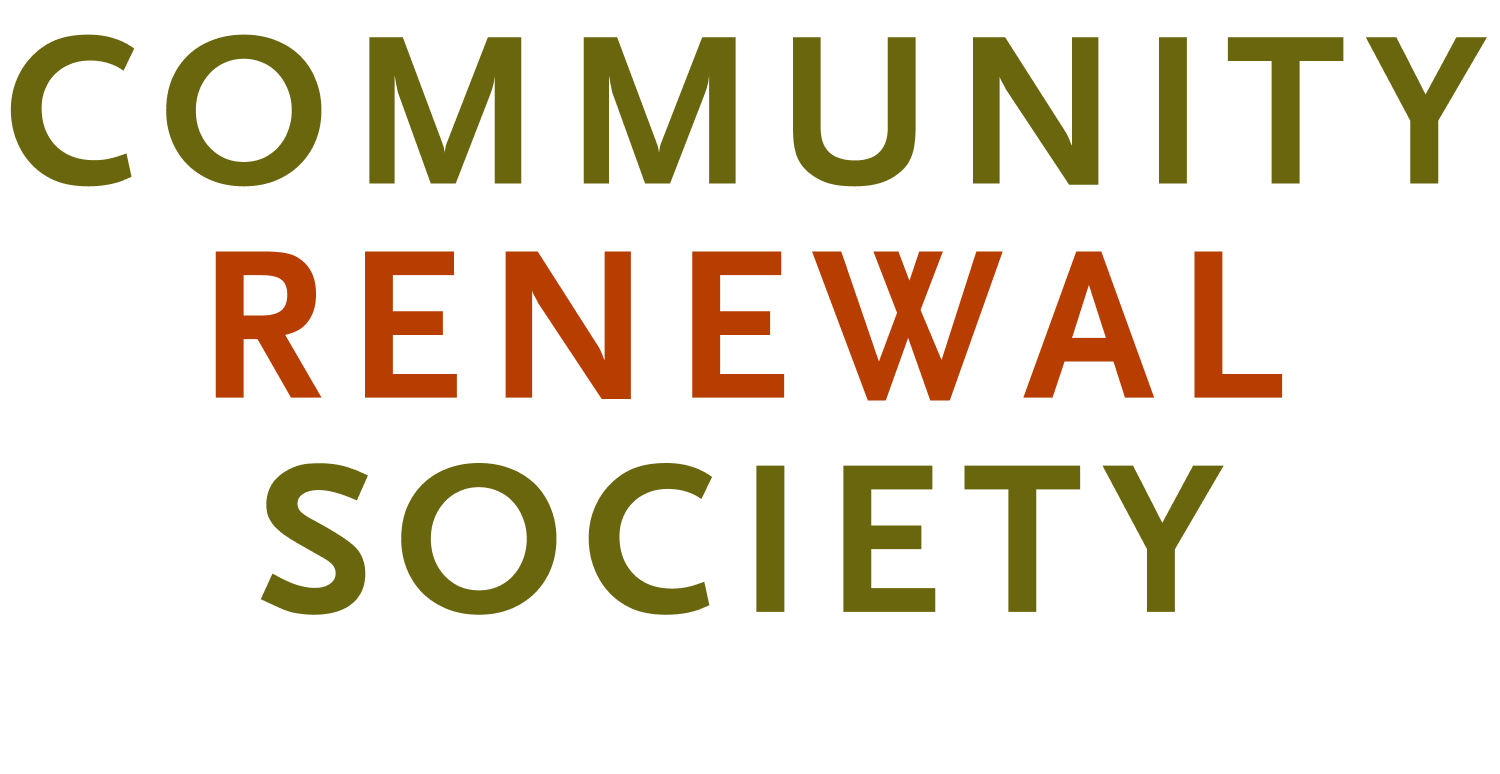#Justice4Laquan: The First Step in a Long Staircase
The evening of September 10, at the Cook County Courthouse (on the boulevard at 26th and California), a group of over 50 joined together in a vigil themed in the hashtag, #Justice4Laquan. Yesterday, the work continued with a powerful justice service orchestrated by the UMC Northern Illinois Conference and CRS. Working with activist William Callaway, CRS and people of various faith traditions — and some with no traditions at all — have shared prayers, reflections, outrage, pain, sadness, silence and even hope for our city as the trial of Jason Van Dyke (Chicago Police Officer who murdered the teen Laquan McDonald) gets underway.
Sadly, the trial is not off to the best of beginnings. The jury consists of seven white jurors, three Latino jurors, one Asian-American and only one African-American juror — not at all representative of Chicago’s population. The defense has chosen to continue with a jury instead of a bench trial (when a single judge tries the case), arguably because of the makeup of the jury and concern that the judge was previously a public defender. The world is waiting for the outcome of this trail. How the citizens of Chicago will respond to the verdict hangs in the balance.
Many are praying and working so that if justice is not delivered — amid the rightfully expected outrage — there will be no violence. However, with sixteen shots, a 13-month coverup and a video, we are also praying for justice, that Van Dyke is held accountable for his actions and that a precedent is set which causes law enforcement to think considerably before using a firearm. But it is also important to understand that even with a victory, this is only the first step in an uncountably long staircase of change.
Fundamental to navigating that staircase is understanding racism, or perhaps better stated, "racialization.” Primary to Jason Van Dyke's argument is that he was afraid for his life (yes, even while approaching a young black teen walking away from him in a controlled environment). This was the same plea afforded by Officer Darren Wilson when he killed Michael Brown. Fear was at the core when an unnamed person called 911 about a black male randomly pointing a gun at a park, and when Officer Timothy Loehmann murdered 12-year-old Tamir Rice. Tragically, the list goes on and on.
John A. Powell, director of the Haas Institute for a Fair and Inclusive Society and professor of Law, African-American and Ethnic Studies at the University of California, Berkeley, writes and speaks of how focusing on "racism," the intentional “racist” actions one does to another, is insufficient. To fully engage the problem at its root we must understand that “systems and processes produce and reproduce unequal outcomes along racial lines with [and] without intent,” in what he calls structural racialization. Racism and marginalization in our country are rooted in public and private societal systems, and in the unconscious biases we live out in our everyday lives.
Racialization, explains why Black-American parents cannot purchase toy guns for their children and why they must “teach” their children how to (and how not to) respond to police. It is why, only a month ago, the day after moving into a new home, I had to allow police to enter my home, question the validity of my ownership, and “call-in” my name to prove that I was legitimate. It is because fear, mistrust and racial-inferiority are not merely actions that one consciously chooses, but they are subconsciously, invisibly built into the fabric of existence in our country.
Powell offers a unique solution to the problem of racialization: targeted universalism. It begins with embracing the collective needs of all humanity. Strategies to ensure universal access to education, healthcare, civil rights, employment, etc. are necessary. But there is also a need to understand the “situatedness” of people and communities. Not every community has the same inherent resources and opportunities, so we must also honor the unique circumstances, obstacles and limitations others face.
His research highlights successful targeted universalism strategies between social justice advocacy organizations and the planning community in Portland, OR; tension with funds distribution between inner-city and suburban neighborhoods in Cleveland, OH; and successfully resolving intra-union tensions between black and Latino workers in Los Angeles, CA. While I don't have time to explain in detail, for each of these studies a radical inclusion of shared concerns, and specific uniquenesses were brought to light so that not merely equality (everyone getting a piece) but justice (everyone getting what they need) was administered in the process. Also in each circumstance, a fundamental structural shift occurred, as realized through lasting policy changes for all involved. My Christian ears hear rings of “Beloved Community” in this approach.
Yes, policing is in need of reform; however, the problem does not solely lie within law enforcement. The problems witnessed in the murder of Laquan McDonald spill into the work of judges, legislators, public servants, health systems, educational systems, economic systems and America, in general. Until we are adequately able to engage structural racialization, alongside racism in America, we will be treating the symptoms of a problem and not the cause. Yes, that is a long staircase to climb, but it is well worth the ascent.
To learn more about Structural Racialization from John A. Powell, see his video Putting Racism on the Table and read his book Racing to Justice: Transforming Our Conceptions of Self and Other to Build an Inclusive Society.

